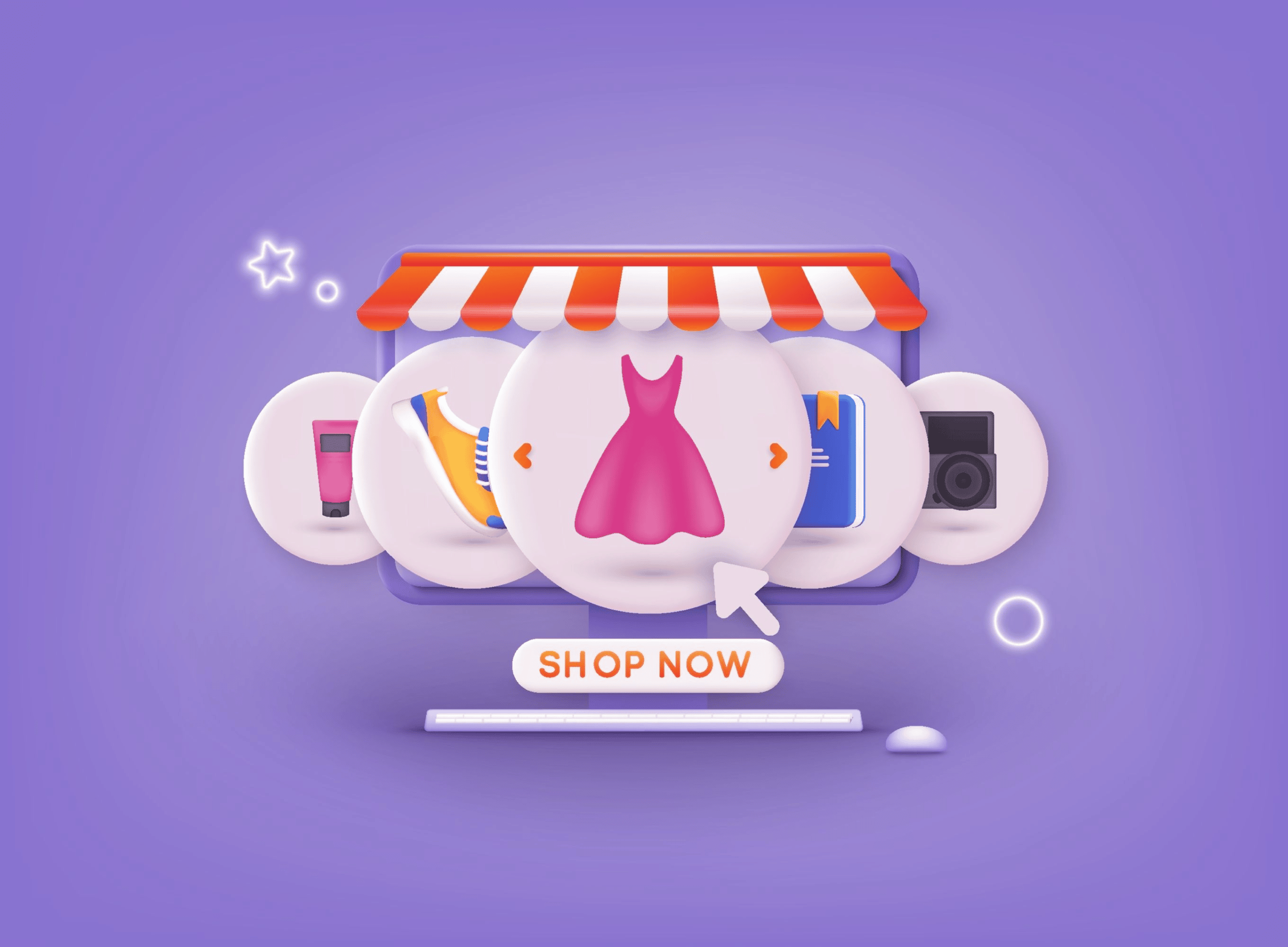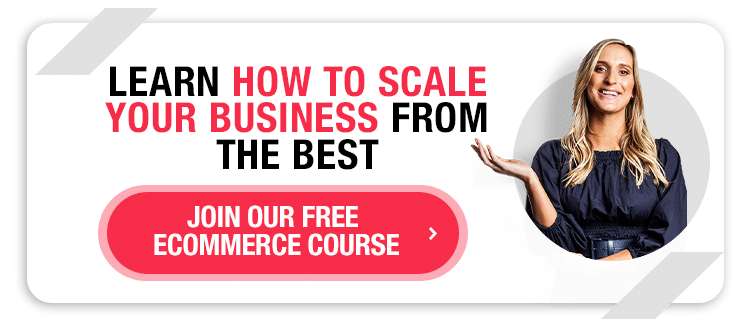You might have all of the basic necessities to launch your startup, but where to begin? You’ve got a great idea, a business plan, and enough money saved, but do you have an ecommerce strategy to hit the ground running?
Many important decisions await you: from selecting the right platform to producing images and marketing your business, it can be overwhelming to get started. I’m happy to share a few ecommerce strategies for success that you won’t easily find with a Google search.
For me, the top priorities for launching an ecommerce business were:
- Choosing the most appropriate platform
- Figuring out how to get the best possible product photography
- Deciding to hire help
- Purchasing the necessary equipment
- Marketing
Let’s expand on this…
Choose Your Platform Wisely
The ecommerce platform you choose is critically important. Here are things that were helpful to me in making a decision on what platform to use:
- It’s not always about the immediate cost: There are free and very low-cost options out there, but if you outgrow them, it can be timely and expensive to switch platforms once your business is up and running. If you can, pay a little bit more for a platform that covers as many of your needs as possible out of the gate. You’re also paying for peace of mind.
- Ease of use: Platforms like Magento / Adobe Commerce are very complicated. Unless you’re a really good software developer and you know the languages, this is going to be a very challenging platform to use.
- Benefits: Some platforms offer discounts on shipping and credit card transaction rates that can defray the cost of their monthly subscription fee.
- Integrations: Does the platform offer built-in tools like email marketing, analytics, account management, and social media account integration? And are they robust enough to meet your needs? I chose Shopify because I was going to open a brick-and-mortar store within 18 months and needed a fully integrated POS (point of sale) system. With Shopify, I enter products into one backend system and sell online and in-store from the same system.
- Features: What additional features does a platform offer that you must have or don’t need at all? Some platforms have a lot of fabulous bells and whistles that you’ll pay for but may never use. Something to think about.
Your Photographer Matters
The question is, do it yourself or hire a professional? Well, it all depends on what you’re selling. For example, I sell a lot of unique, handmade products where every item has to be photographed individually. If I were selling sunglasses, I could take product shots from the manufacturer or vendor and be done with it. Photography can be time consuming and expensive, and it is an essential part of every ecommerce business (can you think of an ecommerce site without photography?).
If your vendors have great product photography, use it. Down the road when you’re building your brand identity, hiring a photographer to capture your unique look and feel will give you a more cohesive look.
I happen to be a good photographer with decent skills and equipment, but I’d never done product photography before. I bought an inexpensive light box with LED lights and started shooting on the dining room table. It got me off the ground, but it’s not pretty. I needed a professional. However, they wanted $35 per photo, which made NO SENSE to me.
I felt that many product photographers clearly do NOT understand my business. I did some research and found someone who would shoot for hours for a flat fee of $500 and deliver retouched hi and low res images of everything within a week. The products were shot on a seamless white background. It was a 500x improvement over the photos I’d taken myself, and because they were high-resolution digital images, I was able to use them for print and PR.
In addition to product photography, you’re going to need marketing photos for the website, social media, newsletters, postcards, and flyers. Be sure to capture vignettes of multiple products together in a 16 x 9 format (shorter and wider) for a homepage hero or a newsletter. Overhead flat lays are a good way to capture multiple products in a single shot. Here’s a list of product photography to capture from the get-go:
- 1:1 individual product images on a white backdrop at different angles
- 16:9 horizontal images of multiple products together
- 9:16 vertical images of products for social media stories
- 4:5 images of products for social media feeds
- Product application images in a natural environment (in the future, you can also repurpose user-generated images with permission)
Pro tip: Always shoot images larger than necessary so you can crop in.
Purchase Analog Equipment
Invest in a Decent Wireless Label Printer
I started out using shipping labels in my inkjet printer. It worked for a while but was a bit labor intensive, so I bought a label printer on amazon, but it’s not wireless, and there’s a lot of switching around of cords to send things from computer to printer. So I definitely recommend investing in the wireless one!
Get a Card Reader
If you’re ever going to do pop-ups or other in-person sales, you’ll want to be able to accept payments without having to manually enter card numbers into your website. Card readers are inexpensive and sometimes even free. It’s good to have one on hand.
You never want to be in a situation where you’re unable to accept payment.
Shopify recently launched a product that lets me accept card taps with my phone, no reader required.
Hire to Fill Gaps, Not for Apparences
Know what you do well and get help with things you don’t.
Adding full-time staff to your ecommerce business may give it validity, but at the start, you should be able to get most everything done with freelancers, contractors, and colleagues.
If you’re a whiz at uploading products and it’s something you love to do, go for it. If you think your time is better spent designing marketing materials, do that and hire someone to upload products. Hate getting in the weeds creating marketing graphics? Hire a designer to do it for you.
You can’t do everything, and the things you can offload to someone else free you to focus on your business.
Once you’ve got your platform set up and your inventory is photographed, it’s time to start uploading products to sell. Depending on how many different products you carry, this can be quick and simple or monumental. If you can afford it, hire help. Your time is likely better spent doing things you can do efficiently and outsourcing things that can be done inexpensively by someone else.
Get Scrappy with Marketing
The competition for online eyeballs is staggering and expensive. Here are some scrappy ecommerce marketing strategies to grow without blowing your budget.
- Post on the regular. If you’re great at social media, you’re going to be ahead of the game. Use Instagram and Tiktok and put yourself and your products out there. It starts slowly, but if you’re persistent and are able to create unique, engaging content on the regular, you’ll find a following.
- Show your products in use. An item sitting on a seamless white backdrop is not particularly compelling. Create flat lays and other collections of products to show how they work together.
- Tell everyone. Talk to everyone. Tell your mom to tell everyone. Put up signs. Get friends to do testimonial videos. Be scrappy.
- Beware of SEM. You can easily spend thousands of dollars on Search Engine Marketing–keyword buys and Google Ads trying to get your products in front of the right audience. You might be able to do just as well with no spending and a really excellent SEO strategy. If you don’t know SEO, ask around and see if there’s someone you can hire. SEO is all about having the right kind of content on your site and tagging it in just such a way that search engines can and will find you.
- Focus on partnerships and collaborations. If your products lend themselves to collaborations, they’re a great way to leverage someone else’s audience for your products or services. I’m not a fan of influencer marketing as I prefer something more concrete with another business or vendor I trust and with whom I can develop a longer-term relationship.
Read more: 10 Ecommerce Tips to Grow Your Brand
From Beginner to Ecommerce Master
Although it’s online and not face-to-face, believe it or not, ecommerce is a relationship business. And it’s important that you build meaningful and lasting relationships with your vendors, your staff, and your customers.
I’ve found that being genuine and thoughtful in these relationships has helped me to keep my eye on the bottom line. If there is something that you really want to accomplish but are not sure how to do it alone, it’s okay to ask for help from these relationships. If you stumble, pick yourself up and keep going. It’s a long but rewarding game.
The post Ecommerce Strategies for Beginners from a Veteran appeared first on Foundr.





